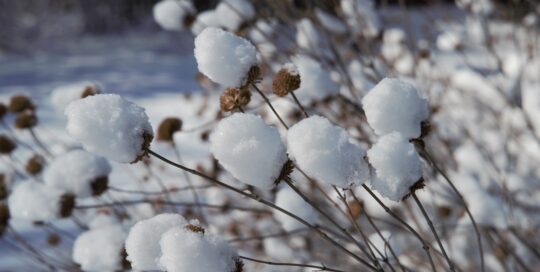Redbuds, Bees, and Butterflies
Views: 3311
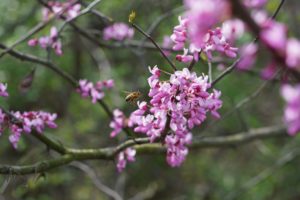
Around here, early spring is about redbud trees. It’s strange to write this with a pandemic raging across the country, but for me, today was splendid. Sunny, with a temperature around 70 degrees, it felt more like April than March. It was a day of redbuds, bees, and butterflies, and a day to forget about other troubles. Like many others, I started working from home recently, and it has been hard to sit in my home office day after day when I really just want to be outside working in the garden.
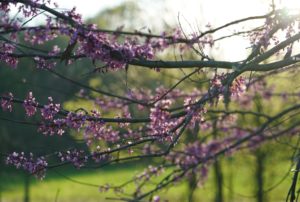
My two and a half acre property has dozens of eastern redbuds trees (Cercis canadensis) along the margins. They are peaking right now; a stunning display. The redbud is Oklahoma’s state tree, and as you might expect, they do very well here.
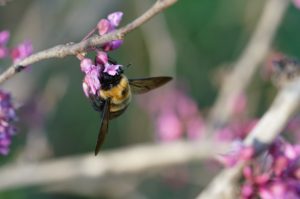
Native to the eastern U.S., redbuds are frequently an understory tree, but in my experience, they bloom more profusely in full sun. They make a lovely ornamental tree, especially suited to smaller yards or spaces beneath overhead power lines where taller trees are problematic. There are several cultivars available, and they tolerate a wide variety of soil: acidic, alkaline, loamy, clay, rich, sandy, or well-drained. Online sources say they like to stay moist, but I have never watered my wild trees. They do just fine in July and August when my clay turns to brick, so they are drought tolerant. However, they don’t tolerate extremely arid conditions, which might explain why they aren’t native to the west.
The flowers are edible. I find them quite tasty. So do birds; I’ve seen cedar waxwings eating them.
A host plant for butterflies and moths
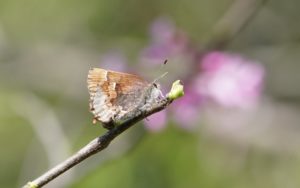
Henry’s elfin butterfly on redbud
Today my redbuds were buzzing with native and European bees. I also saw a new butterfly: a Henry’s elfin. This elfin’s host plant is the redbud, so this was a likely spot to find one. It isn’t a very common butterfly, though, so I was very lucky to find it. Redbuds are also the host plant for several moths, including the beautiful Io moth.
Redbuds are a fabulous tree to have in your landscape. They are compact, gorgeous in spring, and they’ll help bring butterflies, bees, moths, and birds.
Meet Leslie Miller
Leslie Ann Miller shares 3.5 acres in rural Oklahoma with birds, butterflies and wide variety of animals. She is currently transforming her yard with plantings…
Leslie's Recent Posts
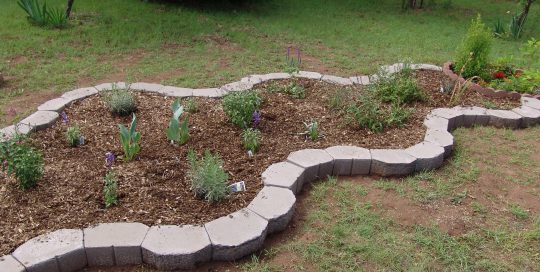
Firescaping 101
